One of the five volcanoes in Hawaii, Mauna Loa is catching tourists from all over the world. It is the largest Sub-Ariel volcano on the earth with respect to the mass and volume. The volcano is emerging from the Pacific Ocean with the depth of 5,000 under the sea level. People from all over the world travel to Hawaii to see the natural beauty of the volcano. The most interesting facts about Mauna Loa is that it emits the lava that is silica-poor and non-explosive. Mauna Loa is emitting the lava from 700,000 years before or more than it.
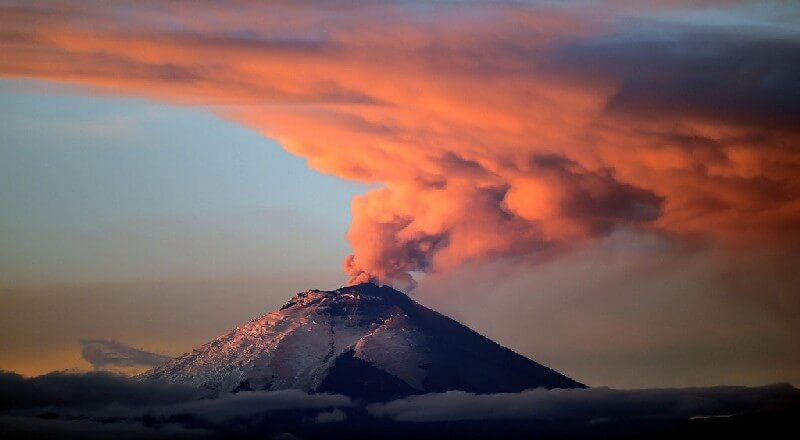
Dimensions of Mauna Loa
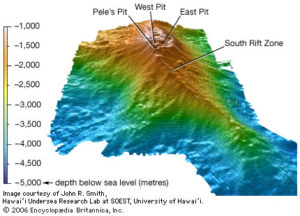 Mauna Loa is second largest Volcano on the Earth, with the approximate volume of 18,000 cubic miles (75,000 square kilometers). The peak of the mountain is 120 feet, 37 meters lower than the neighboring mountain Mauna Kea. But still, it is the largest among the five volcanic mountains of Hawaii.
Mauna Loa is second largest Volcano on the Earth, with the approximate volume of 18,000 cubic miles (75,000 square kilometers). The peak of the mountain is 120 feet, 37 meters lower than the neighboring mountain Mauna Kea. But still, it is the largest among the five volcanic mountains of Hawaii.
History of Volcanic Eruptions
Created by the Hawaiian Hot Spot , Mauna Lao is an active shield volcano that erupted repeatedly in history to achieve the gigantic size.
According to Wikipedia
To have reached its enormous size within its relatively short (geologically speaking) 600,000 to 1,000,000 years of life, Mauna Loa would logically have had to have grown extremely rapidly through its developmental history, and extensive charcoal-based radiocarbon dating (perhaps the most extensive such prehistorical eruptive dating on Earth) has amassed a record of almost two hundred reliably dated extant flows confirming this hypothesis.
Some of the eruptions of Mauna Loa are extremely dangerous. The eruption of Mauna Loa in the mid of the 20 th century destroyed the villages nearby. The recent eruption in 1984, there was a threat to the city Hilo. The volcano does not erupt very often like Kilauea (the most active Hawaiian Volcano), but it erupts a greater volume of the lava in the shorter period of time.
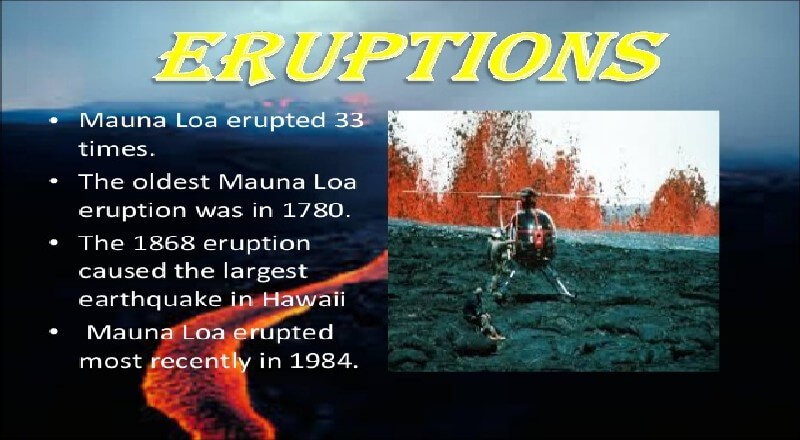
See Also Interesting Facts about French Culture
Interesting Facts about Mauna Loa
- The term “Mauna Loa” means “Long Mountain” in the Hawaiian language.
- The Pacific plates below the mountains slumps due to its enormous weight.
- The mountain is so gigantic that it covers 50% of the Hawaii’s Big Island.
- Mauna Loa erupted 33 times since 1843.
- The monitoring of Mauna Loa is done by the Hawaiian Volcano Observatory since it is established by Thomas A. Jaggar in 1912.
- According to the observation, Mauna Loa erupts after every six years, from the past 3,000 years.
- Mauna Loa is located in the residential area of Hawaii thus, U.S. Geological Survey mountains to map the hazard area.
- The presence of Mauna Loa does not affect the area, it is the lava that causes the damage most often.
- Scientists work hard to monitor the seismic activity of the mountain so that they can determine the next eruption at Mauna Loa.
- The ancient Hawaiians were scared from Mauna Loa only because of the huge size.
- The massive size of the Mauna Loa has a great impact on the climate of Hawaii. Hilo on the Eastern side of Mauna Loa has lots of forested areas because of it.
- The last eruption of Mauna Loa resulted in lava flow stretching as far 4.5 miles of Hilo in 1984. This eruption lasted from March 25th to April 15th.
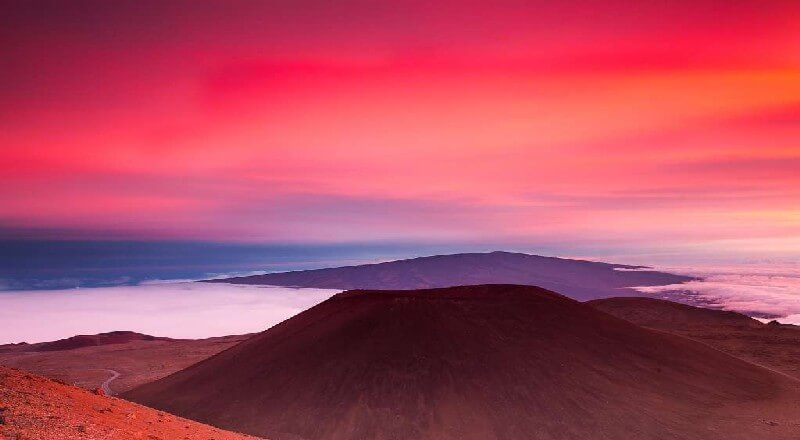
Vegetative Zones of Mauna Loa
Despite the fact that the Mauna Loa is an active volcano, there are few vegetative potions too, making the facts about Mauna Loa more interest grabbing.
| Vegetative Zones of Mauna Loa | |||
| SN | Plants | Zone | Elevation |
| 01 | Kiawe, koa haole, finger grass, and piligrass | Kiawe and lowland shrubs | Below 1,000 ft. |
| 02 | Closed guava forest with shrubs | Guava, Boston Fern, Hilo grass, basket grass, false steghorn fern, kukui, and hala | Below 1,500 ft. |
| 03 | Open guava forest with shrubs | Guava, koa haole, lantana, Spanish clover, and Bermuda grass | Below 2,500 ft. |
| 04 | Alpine stone desert | Scattered mosses, silversword, and Hawaiian bent grass | Above 10,000 ft. |
| 05 | Open koa forest | Koa, ohia lehua, rat tail grass, and hue pueo grass | 4,000 ft.-7,000 ft. |
| 06 | Mixed open forest | Ohia lehua, koa, Spanish clover, and Bermuda grass | 2,500 ft.-4,000 ft. |
| 07 | Lantana-koa haole shrubs | Lantana, koa haole, kiu, panini, ilima, and natal red top grass | Below 3,000 ft. |
| 08 | Open koa forest with Mamane | Koa, mamane, hue pueo grass, pukiawe, and aalii | 4,000 ft.-7,000 ft. |
Related Post Mount Fuji Facts


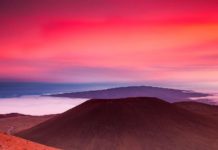
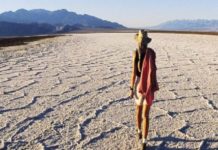
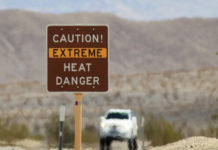
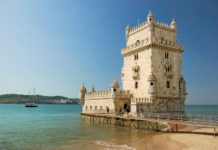

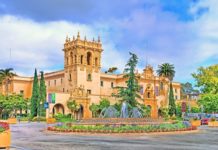
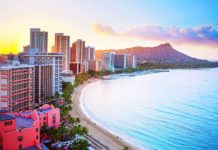

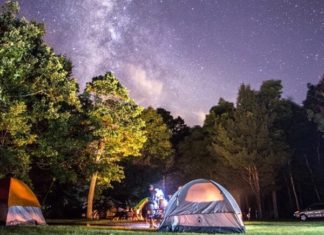





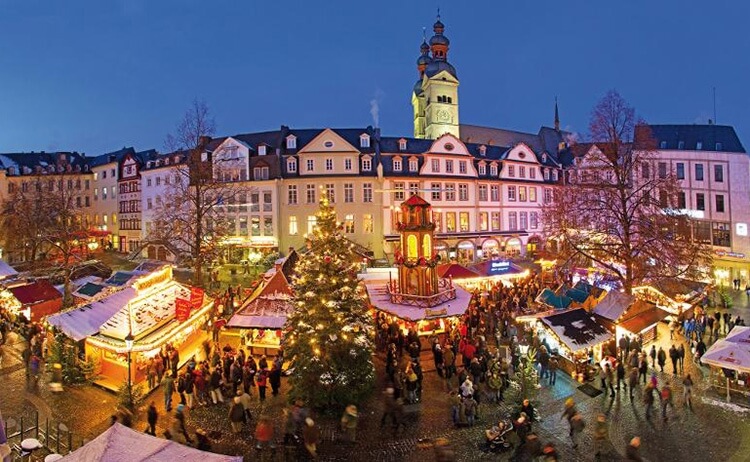
I do enjoy the manner in which you have presented this particular difficulty and it really does provide me personally some fodder for thought. On the other hand, through what I have observed, I simply hope when the actual comments stack on that individuals keep on point and in no way get started upon a tirade regarding the news of the day. Anyway, thank you for this outstanding point and whilst I do not necessarily concur with this in totality, I respect your standpoint.